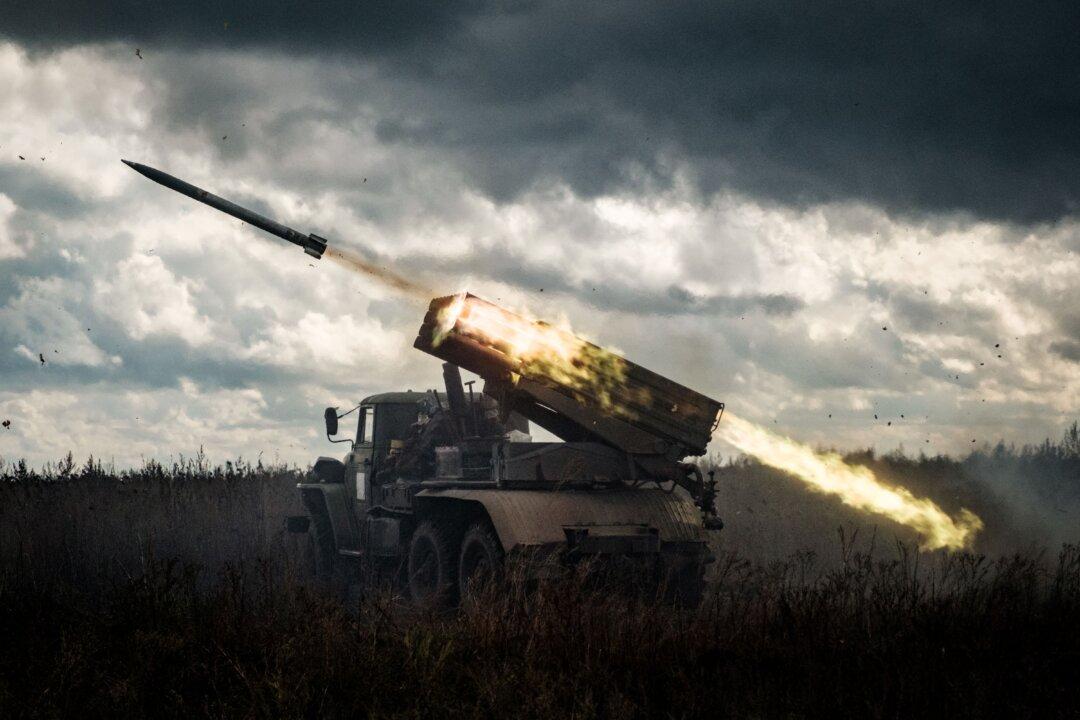Commentary
Russia continues to lose big in Ukraine. First, it failed to meet its No. 1 objective of capturing Kyiv in the first few days of the war, and then it was forced into a mortifying retreat from the northern part of Ukraine.

Russia continues to lose big in Ukraine. First, it failed to meet its No. 1 objective of capturing Kyiv in the first few days of the war, and then it was forced into a mortifying retreat from the northern part of Ukraine.